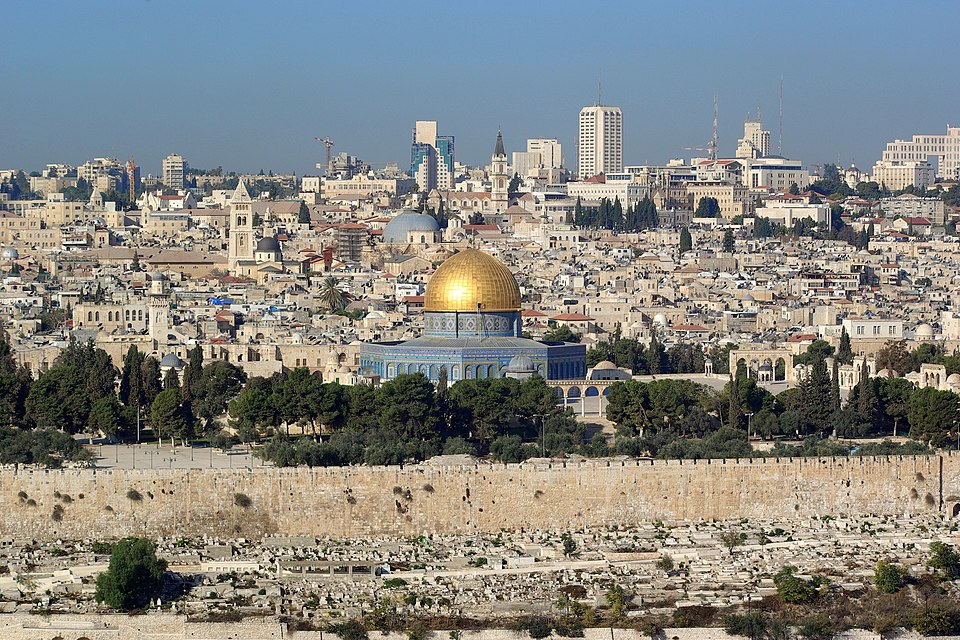

Curated experiences in ירושלים

Museum of Underground Prisoners is a museum in Jerusalem, commemorating the activity of the Jewish underground—Haganah, Irgun and Lehi—during the …



The David Amar Worldwide North Africa Jewish Heritage Center is a cultural centre and museum in Jerusalem, that opened in …


The Herodian Quarter – Wohl Archaeological Museum is an underground archaeological site and museum situated in the Jewish Quarter of …

Zion Gate (Hebrew: שער ציון, Sha'ar Zion, Arabic: باب صهيون, Bab Sahyun), also known in Arabic as Bab Harat al-Yahud …

The Friends of Zion Museum (Hebrew: מוזיאון ידידי ישראל) is a museum in the historic Nahalat Shiv'a neighborhood of downtown …

Tombs of the Sanhedrin (Hebrew: קברי הסנהדרין, Kivrei HaSanhedrin), also Tombs of the Judges, is an underground complex of 63 …

Warren's Shaft is a vertical shaft next to the Gihon Spring, the main source of water of Bronze and Iron …

The term Pool of Siloam (Hebrew: בְּרֵכַת הַשִּׁילוֹחַ, Modern: Brekhat hashiloaḥ, Tiberian: Bərēḵaṯ hašŠiloḥ, Levantine Arabic: بِرْكَة سِلْوَان, romanized: Birka …

Ticho House (Hebrew: בית טיכו, Beit Tikho) is a historical home in Jerusalem, now a memorial house administered as part …

The Cave of Nicanor ( ny-KAY-nər; Ancient Greek: Νῑκάνωρ, pronounced [niːˈkanɔːr]) is an ancient, elaborate burial complex located on Mount …

The L. A. Mayer Museum for Islamic Art (formerly known as the L.A. Mayer Institute for Islamic Art) (Hebrew: מוזיאון …

Jason's Tomb (Hebrew: קבר יאסון, romanized: Qever Yāson) is a Jewish rock-cut tomb located in the Rehavia neighborhood of Jerusalem, …

The Sultan's Pool (Hebrew: בריכת הסולטן, romanized: Brechat ha-Sultan; Arabic: بركة السلطان, romanized: Birket es-Sultan) is an ancient water basin …

Jerusalem Artists House is an Israeli art gallery and exhibition space in Jerusalem, Israel that housed the Bezalel Art School, …

Museum on the Seam is a socio-political contemporary art museum located on the border between West Jerusalem and East Jerusalem.

The Burnt House Museum (aka Katros House) is a museum in Jerusalem presenting an excavated house from the Second Temple …

The New Gate (Arabic: باب الجديد Bāb ij-Jdïd; Hebrew: השער החדש HaSha'ar HeChadash) is the newest of the gates of …
Create a personalized itinerary and unlock the finest experiences ירושלים has to offer
Plan Your Trip